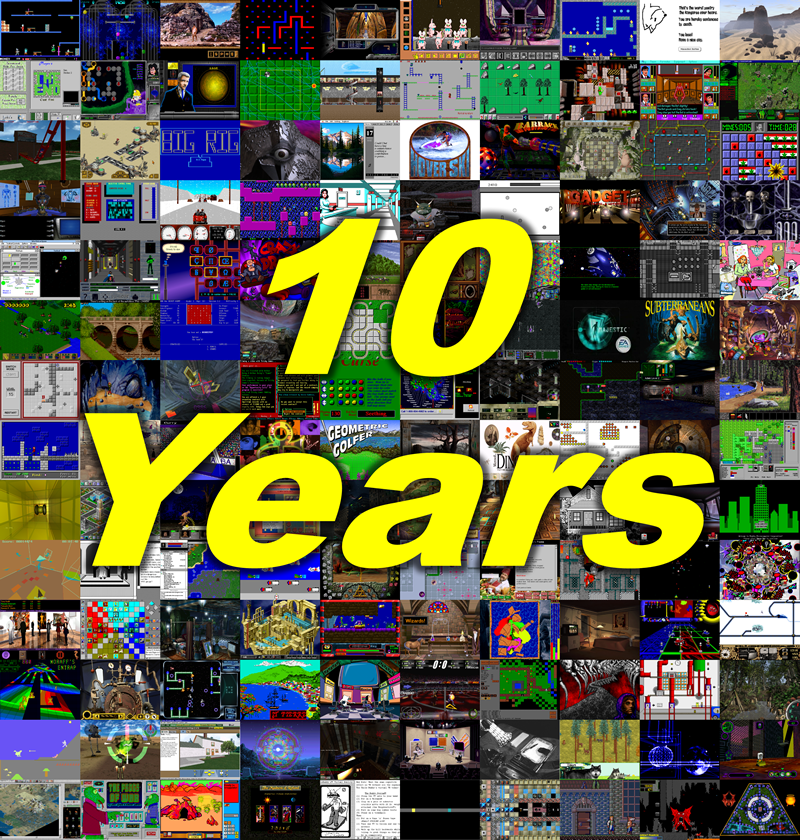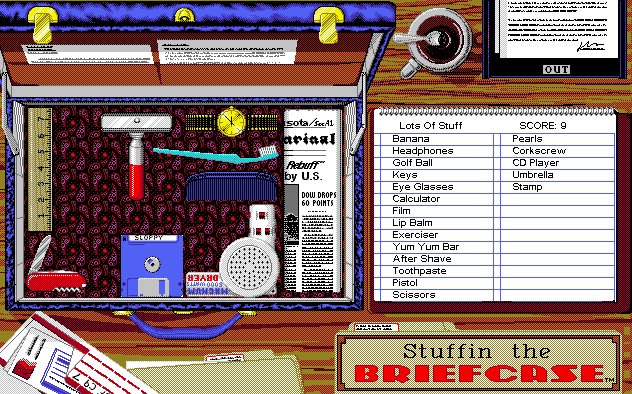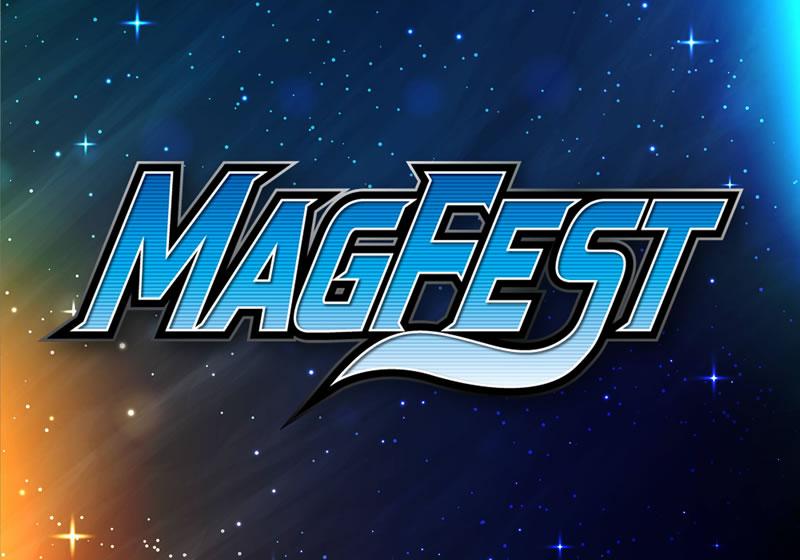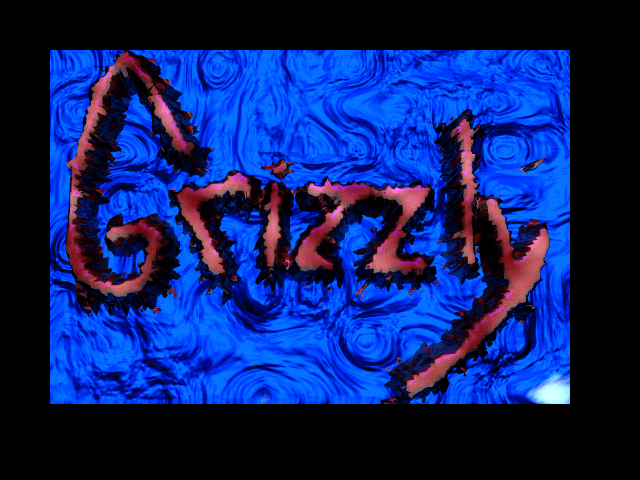
Some time in early summer 2008, I registered a Blogger account called What the Game? It had been my personal goal for a while to start a game review website, and although my writing wasn’t great (and was unnecessarily mean), I had enough confidence to put my words out there. For the past year or so, I had been rediscovering some of the old CD-ROM games I played as a kid, like Spaceship Warlock, and learned about many others I’d never heard of before. I wanted a place to share them.
The blog only got two posts before I abandoned it and went off to college. I told myself to put the game stuff behind me. But I couldn’t ignore the itch.
Ten years ago today, my friend Chris set me up with space on his website to install WordPress, and I started The Obscuritory.
The site evolved over the years. It began as an attempt to extensively document old games “in excruciating detail,” as I put it, with screenshots and videos. I found an old backup of this earliest version of the site, and like the old Blogger account, the writing was sometimes derisive and meandering. But I needed those first years to figure out my voice and decide what I really wanted to say.
I burned out on it quickly, but it motivated me to keep exploring. For a while, I focused on uploading playthrough videos to YouTube. Then, during a difficult time in my life in the summer of 2010, I rebooted the blog, starting with the Windows 3.1 theme and a post about Robomaze II.
I don’t know where I expected this to end up, but this is far beyond what I thought it would become. I’ve now been running The Obscuritory for over a third of my life. The blog has continued to grow and change alongside me. It’s seen me through career and lifestyle changes and personal episodes. It’s pushed me to improve my writing and to think more critically, curiously, and empathetically. It’s been an outlet for me to explore the weird side roads of gaming and software history and learn about digital preservation. It’s intersected with my professional life in surprising ways. It’s somehow brought me into the conversation talking about games alongside folks I respect and admire.
A lot has changed in a decade. The prevalence of YouTube and streaming have completely changed how people share games, and with the increased centralization of internet communication and social media, the idea of wanting to start a game website in 2008 might seem a little outdated. I think more than ever, it’s important for us to cultivate our own spaces. The world keeps demanding us to be part of large, noisy, destructive platforms that amplify the loudest voices, to chase engagement metrics. We can still be ourselves in a digital space on our own terms, in control of our own words and communities.
From the beginning, I told myself to do this because it was fun. I wanted to do it for me, and sometimes that wasn’t enough. There have been times when I’ve thought I should stop. (See 2013, the year of my depression diagnosis, when I made a grand total of four posts all year.) I’ve kept going because of how much it means to me to stay curious.
I want to keep looking in places that have been neglected or rejected. I want to share the unexpected things that excite me. I want to keep making gaming a more surprising place, where we can celebrate a deep, diverse, and broad cultural history. I hope The Obscuritory has encouraged you to do the same.
So what comes next? Honestly, I don’t know, and that’s really exciting to me. This blog still has the same bedrock as ever. I’ll keep writing about strange old software and sharing stories about them. I’ll keep rambling about preservation, history, and criticism. From there, the sky’s the limit.
For now, though, we’ve got some celebrating to do!
On the first day I started The Obscuritory, I posted a list of games that I wanted to cover. Some of them I did eventually post about. Several of them I still have to. (A couple of them weren’t even really obscure, or at least they aren’t now, and I just wanted an excuse to write about them.) This week, I’m gonna finally get around to posting one I’ve delayed talking about for ten years – plus one other that’s just really weird and seems right for the occasion.
This week on Tumblr, I’ll be resharing some of my favorite articles and stories from the last ten years, plus some fun art celebrating the games featured here.
There are a few particular people I want to thank who have encouraged me:
- Chris, Rick, and Justin, three friends who have supported The Obscuritory since the beginning.
- Anna, who one night over drinks and pinball told me she thought my perspective had value.
- Molly, the first honest-to-god fan I met in person (and now a good friend).
I am grateful to have an audience that’s thoughtful and excited about all these weird topics. Thank you for your support and for coming along on this ride. Keep curious. Who knows where we go from here?










